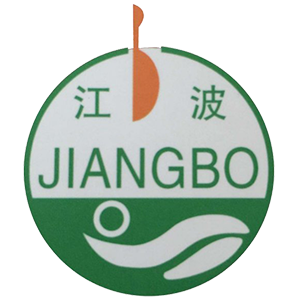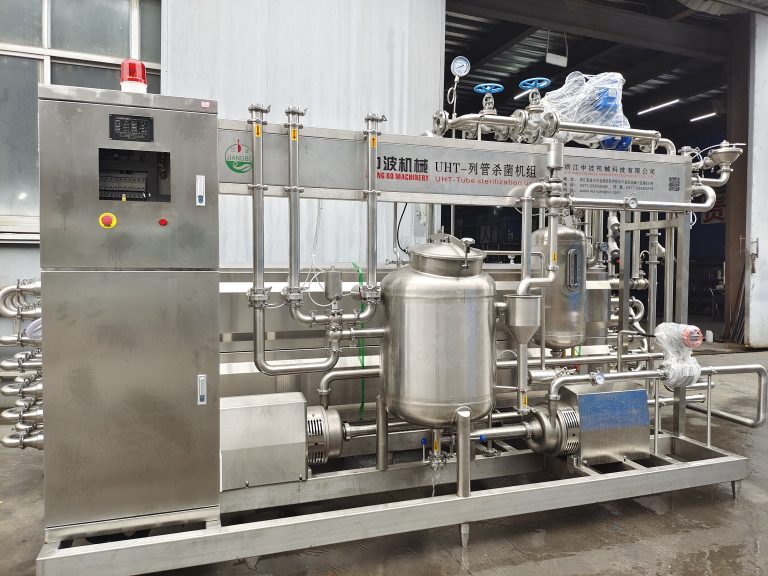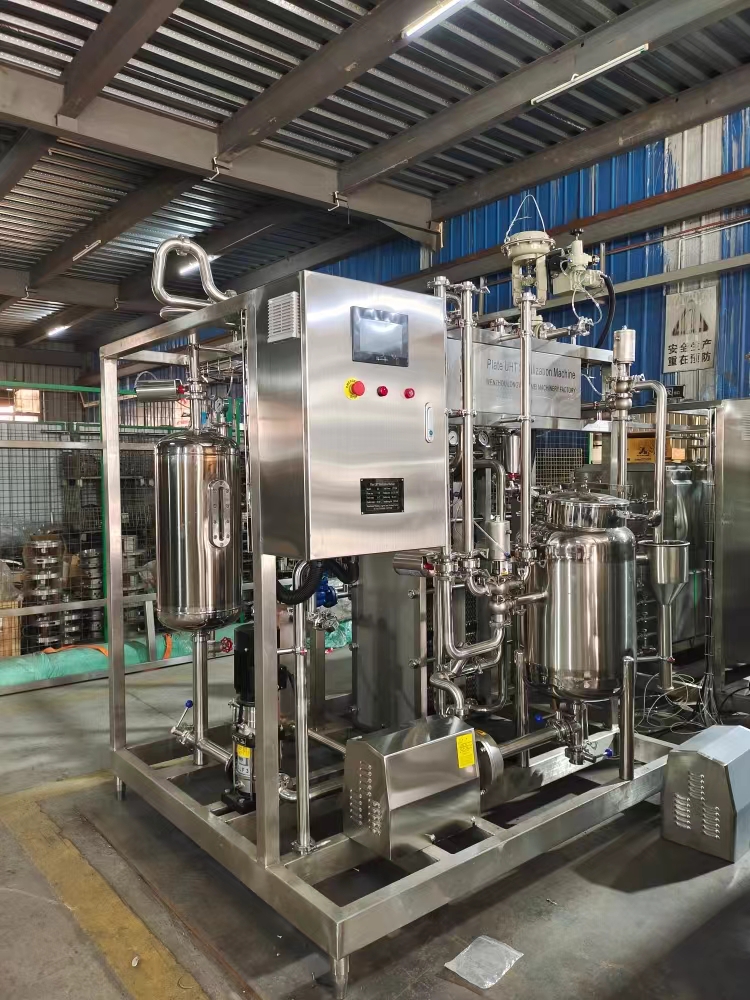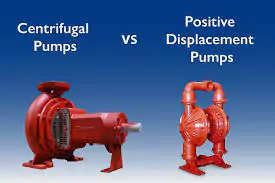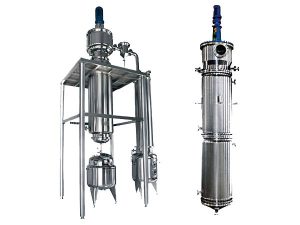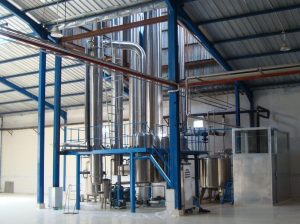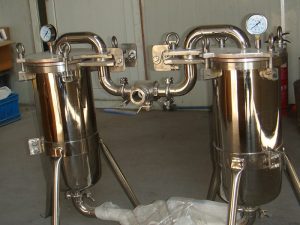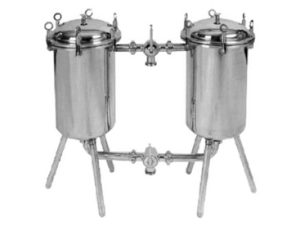The falling film evaporator is a widely used technology in industries like food, pharmaceuticals, and chemicals for concentrating liquids. It’s known for its efficient heat transfer and ability to handle heat-sensitive materials. However, like any technology, there are both advantages and disadvantages.
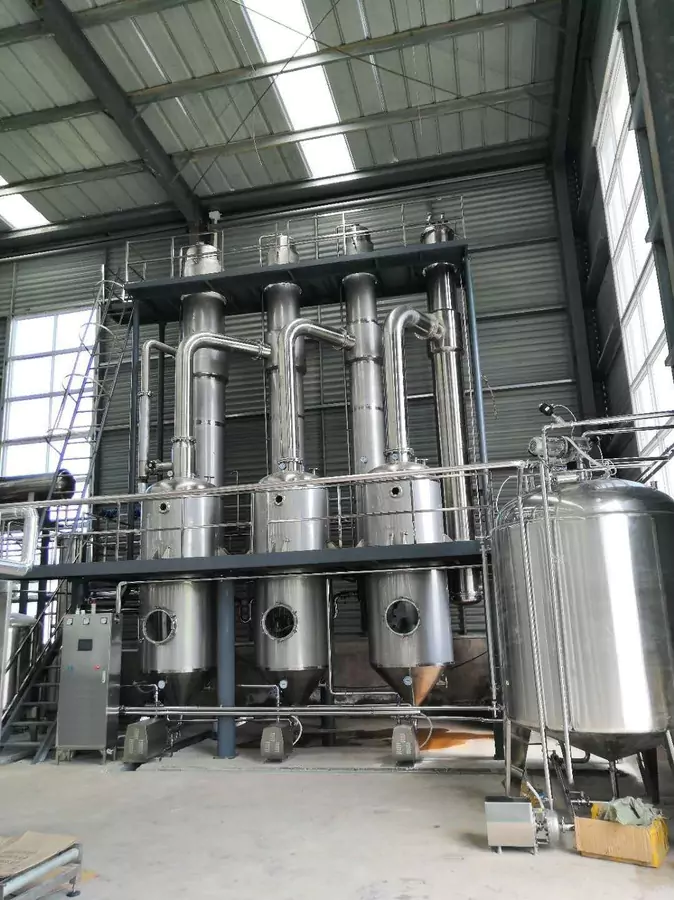
In this blog, we’ll explore the 5 key benefits and 5 drawbacks of the falling film evaporator, focusing on the most important points that can help you make an informed decision.
5 Falling Film Evaporator Advantages
| Advantage | Description |
|---|---|
| High Heat Transfer Efficiency | Thin liquid film allows for efficient heat exchange, speeding up evaporation and increasing throughput. |
| Suitable for Heat-Sensitive Materials | Less heat exposure helps preserve sensitive compounds like flavors and nutrients, ideal for food and pharmaceuticals. |
| Low Energy Consumption | Requires less energy for evaporation due to the large surface area provided by the thin film. |
| Suitable for High-Viscosity & High-Concentration Solutions | Effectively handles thick or concentrated liquids, reducing fouling and ensuring smooth evaporation, suitable for chemical and pharmaceutical industries. |
| Strong Adjustability | Offers flexibility in throughput and temperature control, adapting to different production needs and operational conditions. |
High Heat Transfer Efficiency
One of the most significant advantages of a falling film evaporator is its high heat transfer efficiency. The liquid flows in a thin film over the heated surface, allowing for more efficient heat exchange. This results in faster evaporation, making it ideal for processes where heat transfer is crucial for maintaining product quality and increasing throughput. This efficiency is particularly beneficial in industries where time and energy consumption are critical factors.
Suitable for Heat-Sensitive Materials
Falling film evaporators are particularly advantageous when handling heat-sensitive materials, such as food and pharmaceutical products. The thin film of liquid, in contact with the heated surface, allows for faster evaporation with less heat exposure to the product, preventing degradation or alteration of sensitive compounds. This is particularly important for preserving flavors, nutrients, and active ingredients in pharmaceutical formulations.
Low Energy Consumption
Compared to other types of evaporators, falling film evaporators are known for their energy efficiency. Because the thin film provides a large surface area for heat transfer, less energy is needed to evaporate the liquid. This can lead to significant cost savings over time, especially in industries where large volumes of liquid need to be processed.
Suitable for High-Viscosity and High-Concentration Solutions
Another advantage of falling film evaporators is their ability to handle high-viscosity and high-concentration solutions effectively. The design of the evaporator allows for better flow characteristics in concentrated or viscous liquids, reducing the risk of fouling and ensuring a smooth evaporation process. This makes them particularly useful for applications in industries such as chemical processing and pharmaceuticals, where concentrated solutions are common.
Strong Adjustability
Falling film evaporators offer strong adjustability in terms of throughput and temperature control. This flexibility allows them to adapt to varying operational conditions and product characteristics. Whether dealing with large-scale operations or smaller batches, these evaporators can be adjusted to meet specific production requirements, providing operators with greater control over the process.
5 Falling Film Evaporator Disadvantages
| Disadvantage | Description |
|---|---|
| High Equipment Cost | The initial investment is high due to complex design and construction, which may be a deterrent for small-scale businesses. |
| Requires Precise Control of Liquid Distribution | Uneven liquid distribution can affect efficiency, requiring sophisticated control systems and constant monitoring. |
| Large Equipment Volume, Large Space | The system is bulky and needs a large amount of space, which can be a challenge for facilities with limited room. |
| Not Suitable for All Liquids | Some liquids, such as highly foamy or crust-forming ones, may cause inefficiencies or damage to the system. |
| Complex Design and Maintenance | The intricate design requires more effort to build, operate, and maintain, leading to higher maintenance requirements. |
High Equipment Cost
One of the main drawbacks of the falling film evaporator is its high initial cost. The design, construction, and maintenance of these systems require significant investment. For small-scale operations or businesses with limited budgets, this high upfront cost may be a deterrent. However, the long-term savings from energy efficiency and product quality preservation may outweigh the initial investment.
Requires Precise Control of Liquid Distribution
For a falling film evaporator to operate at peak efficiency, the liquid distribution over the heated surface must be precisely controlled. Any uneven distribution can lead to inefficient heat transfer, reduced evaporation rates, or even damage to the system. This requires sophisticated control systems and constant monitoring, which can add complexity to the operation.
Large Equipment Volume, Large Space
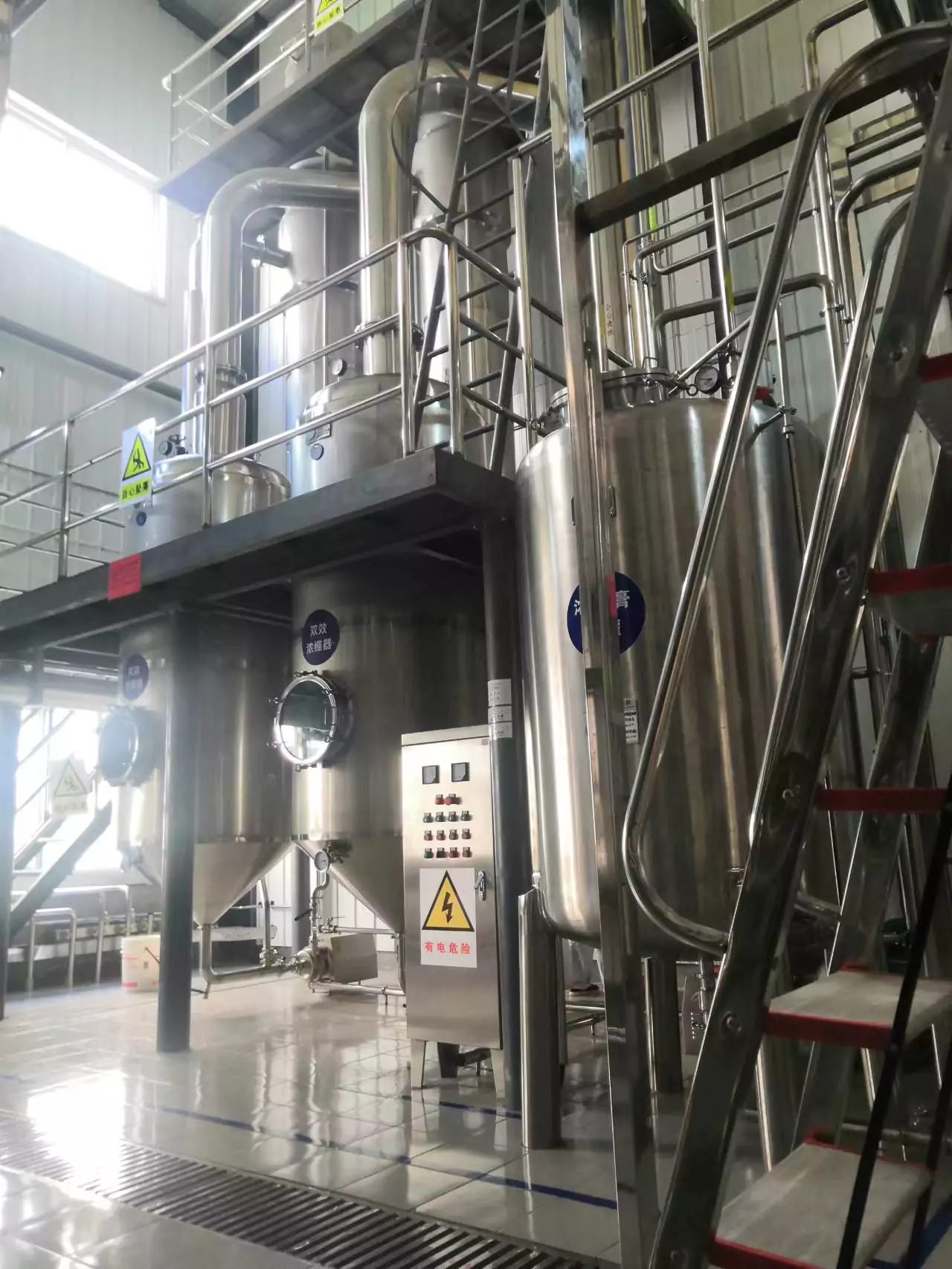
Another disadvantage is that falling film evaporators tend to be bulky and require a large amount of space. The equipment size can be an issue for facilities with limited space, and the layout of the system must be carefully planned. Additionally, larger systems can require more time for installation and can be more difficult to integrate into existing setups.
Not Suitable for All Liquids
While falling film evaporators are versatile, they are not suitable for all types of liquids. For instance, highly foamy liquids or those prone to forming crusts may not be ideal for this type of evaporator. The design of the system may struggle with handling such liquids, leading to operational inefficiencies or potential damage to the equipment. Careful consideration of the liquid’s properties is essential before deciding to use this type of evaporator.
Complex Design and Maintenance
Falling film evaporators are more complex than other evaporator types in terms of design and maintenance. Their intricate structure and need for precise control systems make them more difficult to design, build, and maintain. Regular maintenance is necessary to ensure the system continues to operate efficiently, and any malfunction could lead to significant downtime and operational disruptions.
Conclusion
The falling film evaporator offers several advantages, particularly its high heat transfer efficiency, ability to handle heat-sensitive materials, and energy savings. However, it also comes with notable disadvantages, including high equipment costs, space requirements, and the need for precise liquid distribution control.
Businesses considering this technology should carefully weigh the pros and cons, keeping in mind their specific operational needs and budget constraints. By understanding the falling film evaporator’s advantages and disadvantages, you can make an informed decision that suits your production processes.
For more information on evaporator systems and their benefits, be sure to check out our other blog posts or contact us directly for expert advice.
